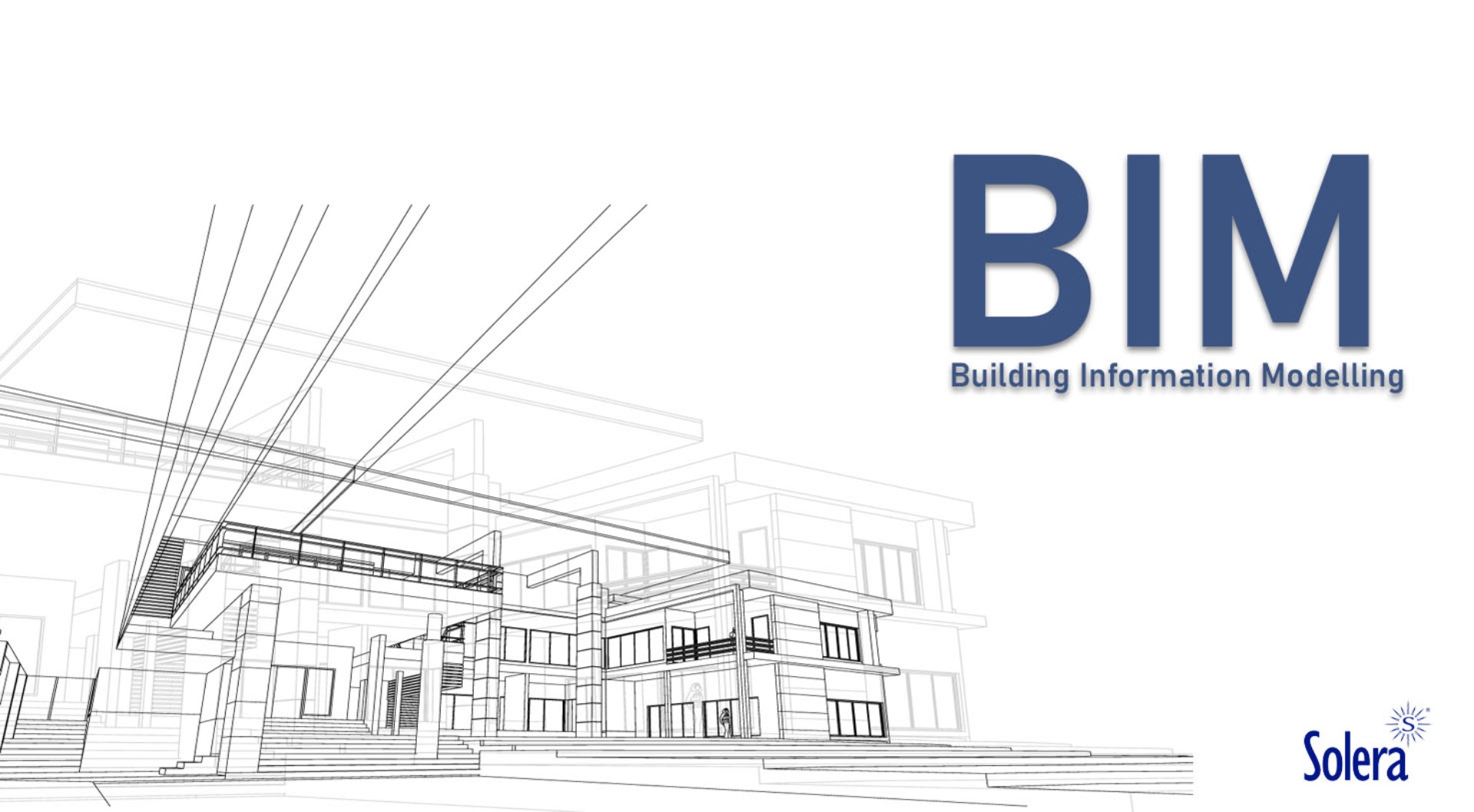In the fast-paced world of architecture, engineering and construction, precision and efficiency are essential to the success of any project. That is why Building Information Modeling (BIM), or Construction Information Modeling, has become a fundamental pillar for professionals around the world. This powerful tool allows the virtual replication of relevant information about products and projects, revolutionizing the way constructions are conceived, designed and executed. In this article, we will explore what BIM is and the benefits it offers to those who adopt this technology.
And now at Solera, manufacturers of electrical material, we make the leap to this tool to take your projects to the next level.
What is BIM?
BIM is a process that involves the creation and use of intelligent 3D models to plan, design, construct and manage buildings and infrastructure. Instead of relying on 2D documents or plans, BIM uses virtual models that contain detailed information about every aspect of the project.
BIM benefits:
- Greater Efficiency and Accuracy: With BIM, professionals can avoid design and construction problems before they occur. Virtual models allow for early detection of conflicts and problems, leading to more efficient construction and saving time and money.
- Improved Collaboration: BIM encourages collaboration between architects, engineers, contractors and others involved in a project. Everyone can work on a single shared model, reducing misunderstandings and miscommunications.
- Data Management: BIM includes information about products and materials used in a project. This makes it easier to manage inventory, ordering, and component tracking, which can simplify logistics and regulatory compliance.
- Advanced Visualization: BIM offers a detailed visual representation of a 3D project. This facilitates communication with customers and stakeholders, allowing informed decisions to be made.
- Sustainable Design: BIM facilitates the evaluation of sustainable design options and their impact on a building's energy performance, helping to reduce environmental impact.
In short, BIM has revolutionized the way construction professionals plan and execute projects. By enabling virtual replication of relevant information, BIM improves efficiency, accuracy and collaboration, and promotes sustainable designs and more efficient management of construction projects. If you have not yet adopted this technology in your projects, it is time to consider how BIM can take your construction efforts to the next level. Investing in BIM can not only save time and money, but also lead to more successful and sustainable construction projects in the future.
